
At some point in your professional career you’ll be tasked with making a presentation. For some this is easy peasy. For the majority, not so much. According to a 2014 nationwide poll conducted by Chapman University Study on American Fears, public speaking ranks in the top five of greatest fears among Americans.
For those who may break out in hives or feel their heartbeat racing out of control before speaking in front of a group, don’t despair. You’re not alone. I offer tried-and-true approaches that will help calm your nerves and even make the process fun.
Like any skill, practice makes perfect, and in time you’ll find yourself more comfortable and confident speaking in front of crowds – and you can ditch the image of picturing the audience in their underwear, a long-standing theory that suggests will make the audience less intimidating and you more relaxed. Seriously?
Here’s what I suggest:
Be Yourself
First and foremost, be your genuine self. It’s okay to show your vulnerable side. We’re human after all. Your audience will recognize you’re nervous. They won’t pounce on your blunders, rather they’ll empathize, not wanting you to fail. Chances are they’ll be cheering you on with nods and smiles hoping to make you more comfortable.
Avoid the Podium
I associate a podium with a lecture, and I don’t know about you, but lectures tend to be boring. Hiding behind a podium also means the audience can only see a portion of you. The less they can see of you the less they can judge your body language and measure your likeability and credibility – and the less inclined they’re to listen. Get where I’m going? Instead, stand center stage with your body facing the audience. You’ll look more approachable, confident and surprisingly more powerful.
Hook the Audience’s Attention Early
On average, speakers have about 60 seconds to capture the audience’s attention, and that minute encompasses establishing credibility, orienting them to your topic and motivating them to listen to you. Since time is of the essence, I suggest starting with a story – a powerful narrative about a personal experience, a fact or statistic that is alarming or remarkable, an anecdote or wisdom tale to launch your presentation and encapsulate the key points of your message.
Show a Compelling Video or Riveting Photos
Not only is a short video an effective way to start or mix-up your presentation, it also sets the stage and helps build momentum and evoke buzz and emotion. Gripping pictures can have the same affect, too. Walt Disney said it best, “I would rather entertain and hope that people learned something than educate people and hope they were entertained.”
Engage Your Audience with Thought-Provoking Questions
Thought-provoking questions help keep your audience listening to your every word. They also help to entertain and build rapport. Imagine speaking to a group of young professionals asking the question, “If you earned enough money to never need to work again, what would you spend your time doing?” I’m sure you’d receive lots of interesting answers. Asking questions can set the stage for audience involvement from start to finish.
Use a Prop
A prop can be a great way to capture your audience’s attention. Recently, l gave a presentation to professionals called the “Magic of Communications,” I waved a magic want to inject humor and emphasize key points as words magically appeared on the screen. Not only did this abracadabra-approach engage the audience, generating laughs, it more importantly created a relaxed environment for interactive dialog.
Contact Polished, today to help fine-tune your people skills, which are your personal attributes that enable you to interact effectively and harmoniously and become more confident and successful.


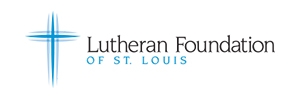


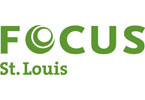


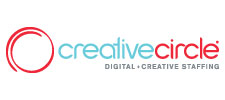
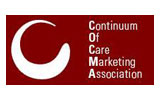

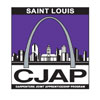
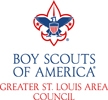
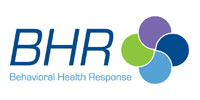
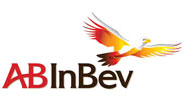



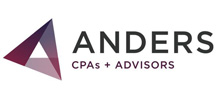
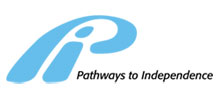
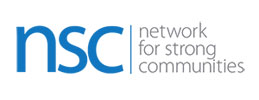

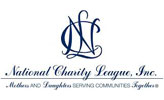


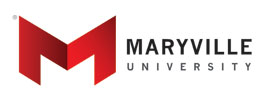

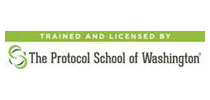



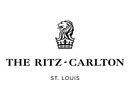
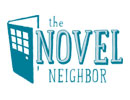
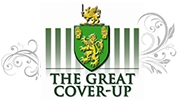






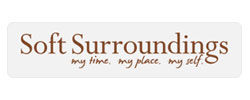
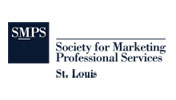

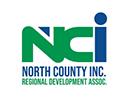

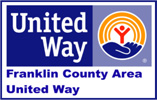





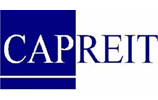
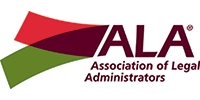


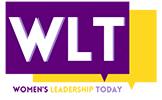




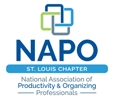


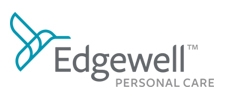
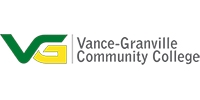





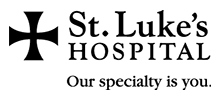


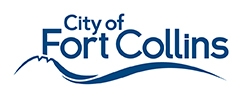
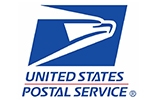
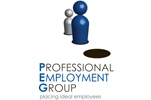



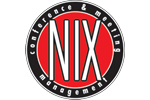





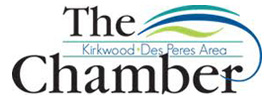




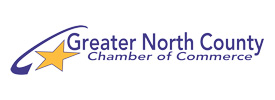



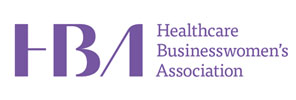

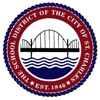


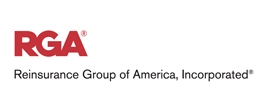



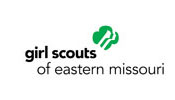

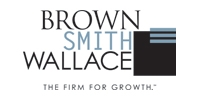

Leave a Reply
You must be logged in to post a comment.